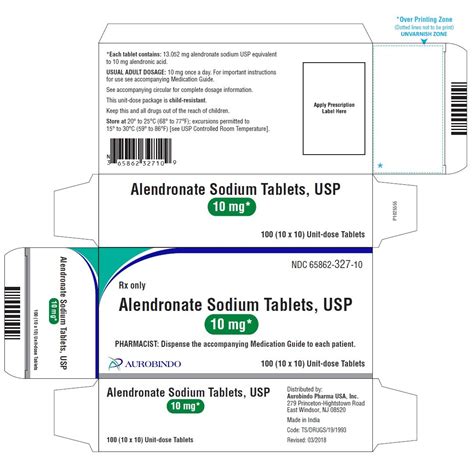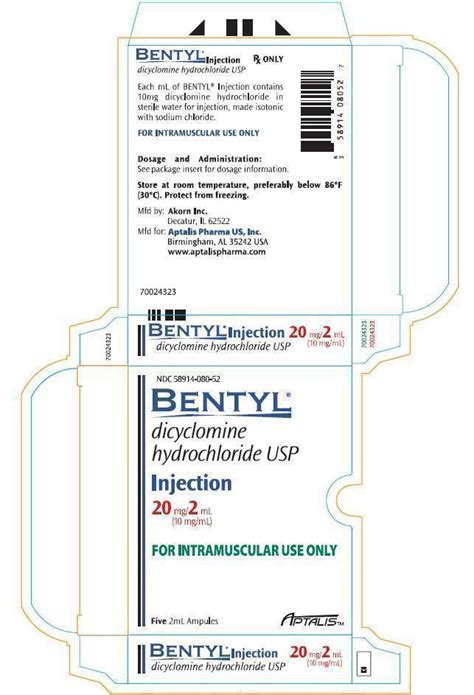Intro
Discover 5 uses of Alendronate, a bisphosphonate medication, for osteoporosis treatment, bone density improvement, and fracture prevention, also exploring its benefits in managing Pagets disease, glucocorticoid-induced osteoporosis, and osteopenia.
The treatment and management of various bone diseases have become more effective with the introduction of bisphosphonates, a class of medications that help to regulate bone turnover. One such medication is Alendronate, which has been widely used for the treatment of conditions like osteoporosis, Paget's disease, and several other bone-related disorders. Understanding the uses of Alendronate can provide valuable insights into its benefits and potential applications.
Alendronate, a potent inhibitor of bone resorption, works by binding to hydroxyapatite found in bone, which leads to the inhibition of osteoclast-mediated bone resorption. This mechanism of action is crucial for diseases characterized by excessive bone loss. The importance of managing these conditions cannot be overstated, as they can significantly impact an individual's quality of life, leading to increased risk of fractures, mobility issues, and pain.
The management of bone diseases requires a comprehensive approach that includes medication, lifestyle modifications, and in some cases, surgical interventions. Alendronate plays a critical role in this management plan by helping to strengthen bones and reduce the risk of fractures. Its effectiveness in treating various bone conditions has made it a preferred choice among healthcare providers. However, like any medication, it is essential to understand its uses, benefits, and potential side effects to ensure safe and effective treatment.
Introduction to Alendronate

Alendronate belongs to the class of medications known as bisphosphonates. It is used to treat and prevent osteoporosis in postmenopausal women and men, steroid-induced osteoporosis, and Paget's disease of bone. The drug's ability to inhibit bone resorption makes it an effective treatment option for conditions where bone loss is a significant concern.
Uses of Alendronate

The primary uses of Alendronate include:
- Treatment of Osteoporosis: Alendronate is used to treat or prevent osteoporosis in postmenopausal women and in men. Osteoporosis is a condition where bones become weak and brittle, leading to an increased risk of fractures.
- Treatment of Paget's Disease: Alendronate is effective in treating Paget's disease of bone, a condition characterized by an abnormal breakdown and regrowth of bone tissue, resulting in deformity.
- Treatment of Steroid-Induced Osteoporosis: It is used to treat osteoporosis in patients who have been taking corticosteroids for a long time. Long-term use of corticosteroids can lead to bone loss.
- Prevention of Osteoporosis: Alendronate can be used to prevent osteoporosis in postmenopausal women and in men who are at high risk of developing the condition.
- Treatment of Bone Metastases: Though not as common, Alendronate may be used in the management of bone metastases associated with malignancies, helping to reduce the risk of skeletal events.
Benefits of Alendronate
The benefits of Alendronate are numerous, including its ability to: - Increase bone mass - Reduce the risk of vertebral fractures - Lower the risk of hip and nonvertebral fractures - Improve bone mineral density - Slow the progression of Paget's diseaseHow Alendronate Works

Alendronate works by inhibiting osteoclast-mediated bone resorption. Osteoclasts are cells responsible for the breakdown of bone tissue. When Alendronate binds to bone hydroxyapatite, it inhibits the activity of osteoclasts, leading to a reduction in bone resorption. This action helps to maintain or increase bone mass and mineral density, thereby reducing the risk of fractures.
Administration and Dosage

Alendronate is available in tablet form and is usually taken once a week. The dosage may vary depending on the condition being treated. For the treatment of osteoporosis in postmenopausal women, the recommended dosage is 70 mg once weekly. For the treatment of Paget's disease, the dosage is 40 mg daily for six months.
Side Effects of Alendronate
Like any medication, Alendronate can cause side effects. Common side effects include: - Abdominal pain - Nausea - Vomiting - Diarrhea - Headache - Dizziness - Musculoskeletal painPrecautions and Interactions

It is essential to take Alendronate with a full glass of water and to remain upright for at least 30 minutes after taking the medication to reduce the risk of esophageal irritation. Alendronate can interact with other medications, including antacids, calcium supplements, and certain antibiotics. Patients should inform their healthcare provider about all medications they are taking.
Conclusion and Future Perspectives

In conclusion, Alendronate is a valuable medication for the treatment and prevention of various bone diseases. Its ability to inhibit bone resorption makes it an effective treatment option for conditions like osteoporosis and Paget's disease. As research into bone diseases and their treatments continues, the role of Alendronate and other bisphosphonates is likely to evolve, offering new hope for individuals affected by these conditions.
Final Thoughts

Understanding the uses and benefits of Alendronate can empower individuals to take a more proactive role in managing their bone health. By working closely with healthcare providers and staying informed about the latest developments in bone disease treatment, individuals can make informed decisions about their care and work towards maintaining strong, healthy bones throughout their lives.
What is Alendronate used for?
+Alendronate is used to treat and prevent osteoporosis in postmenopausal women and men, steroid-induced osteoporosis, and Paget's disease of bone.
How does Alendronate work?
+Alendronate works by inhibiting osteoclast-mediated bone resorption, which helps to maintain or increase bone mass and mineral density.
What are the common side effects of Alendronate?
+Common side effects of Alendronate include abdominal pain, nausea, vomiting, diarrhea, headache, dizziness, and musculoskeletal pain.
We invite you to share your thoughts and experiences with Alendronate in the comments below. If you found this article informative, please consider sharing it with others who may benefit from this information. Together, we can work towards promoting better bone health and improving the quality of life for individuals affected by bone diseases.
